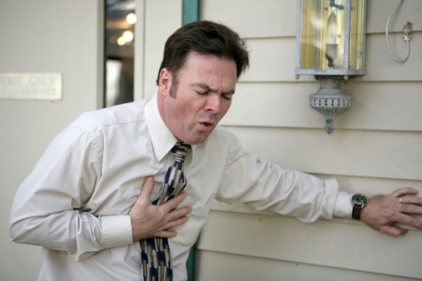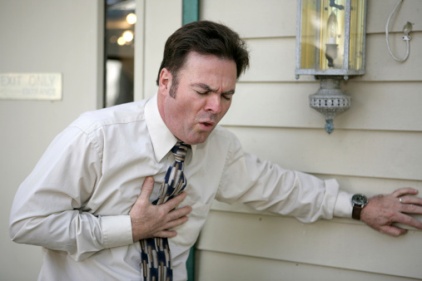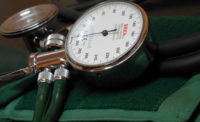 With heart disease a virtual epidemic in the U.S., the Centers for Disease Control and Prevention (CDC) wants to improve the nation's health by seeing to it that the public better informed about its most dire symptom: a heart attack.
With heart disease a virtual epidemic in the U.S., the Centers for Disease Control and Prevention (CDC) wants to improve the nation's health by seeing to it that the public better informed about its most dire symptom: a heart attack.
Also called a myocardial infarction, a heart attack occurs when a section of the heart muscle dies or gets damaged because of reduced blood supply. According to the CDC, coronary artery disease (CAD) occurs when a substance called plaque builds up in the arteries that supply blood to the heart (called coronary arteries). CAD is the main cause of heart attack. The five major symptoms of a heart attack are—
- Pain or discomfort in the jaw, neck, or back.
- Feeling weak, light-headed, or faint.
- Chest pain or discomfort.
- Pain or discomfort in arms or shoulder.
- Shortness of breath.
If you believe you or someone are experiencing the symptoms of a heart attack it is important to call 9-1-1 immediately. Otherwise, further damage to the heart muscle can occur and an irregular heart rhythm may develop.
Bystanders who have been trained to perform cardiopulmonary resuscitation (CPR) or use a defibrillator may be able to help the victim until emergency medical personnel arrive. At the hospital, doctors will then perform tests to determine whether a heart attack is occurring and decide on the best treatment.
Remember, it’s important to recognize these symptoms and call for help because the chances of surviving a heart attack are greater when emergency treatment begins quickly.
Visit these Web sites for additional information about heart-related conditions—



